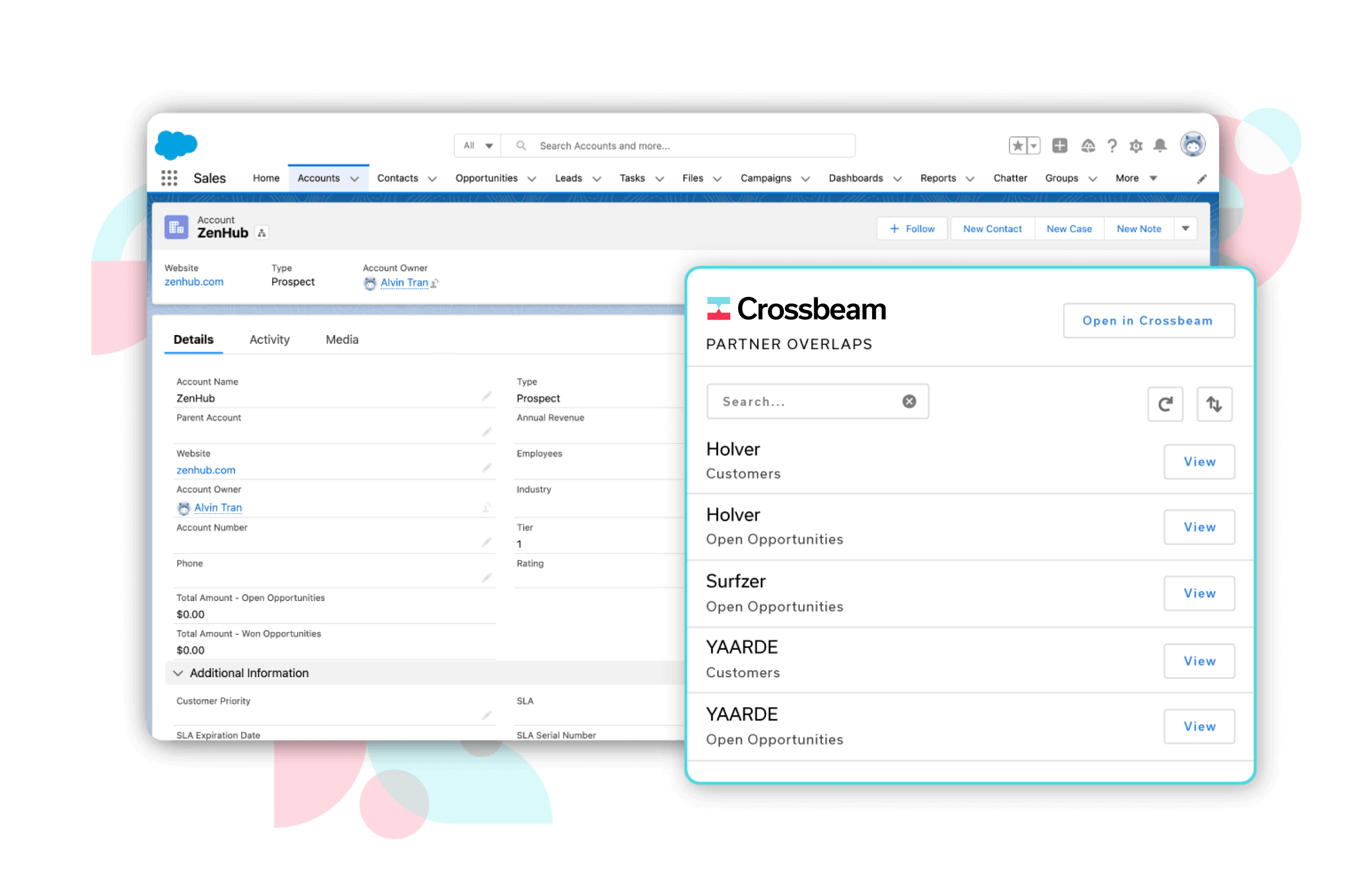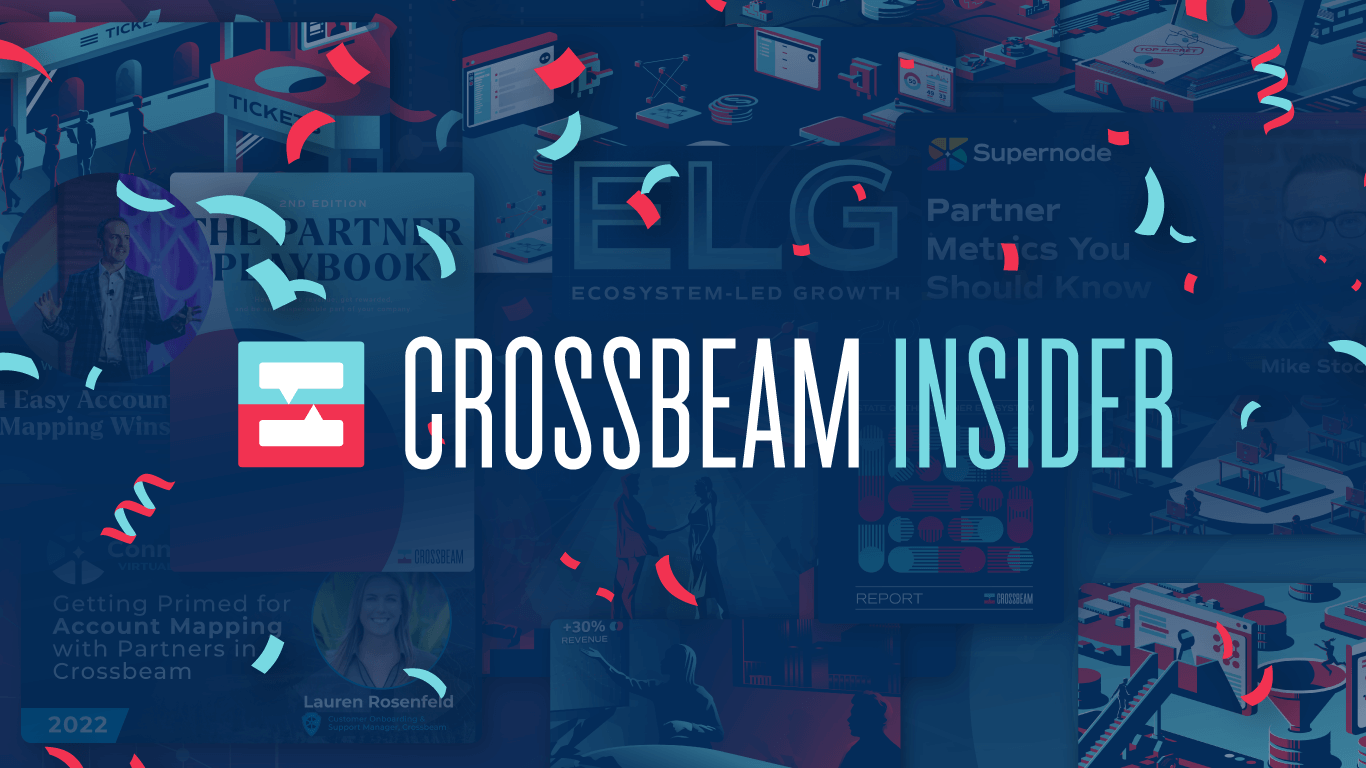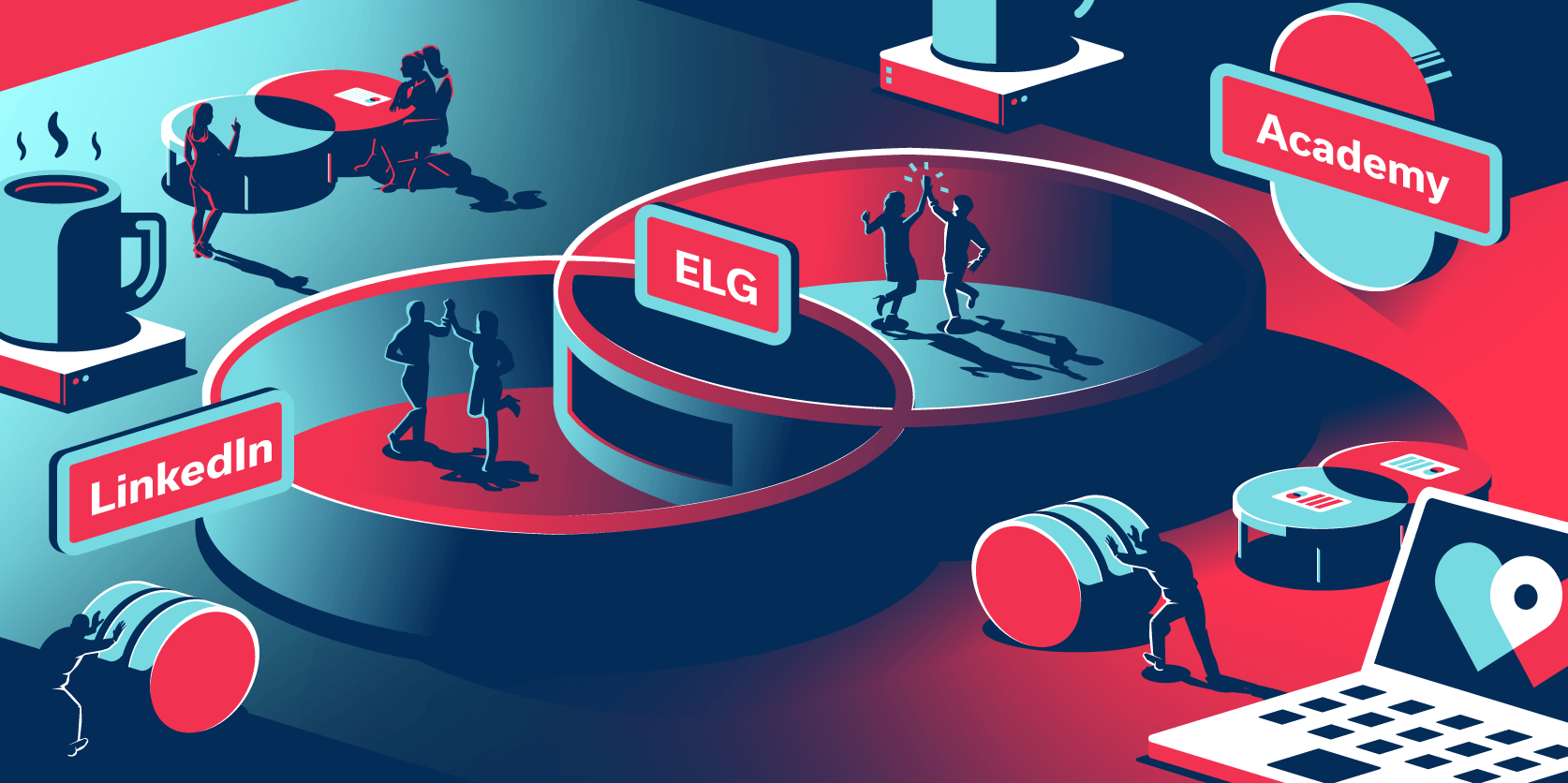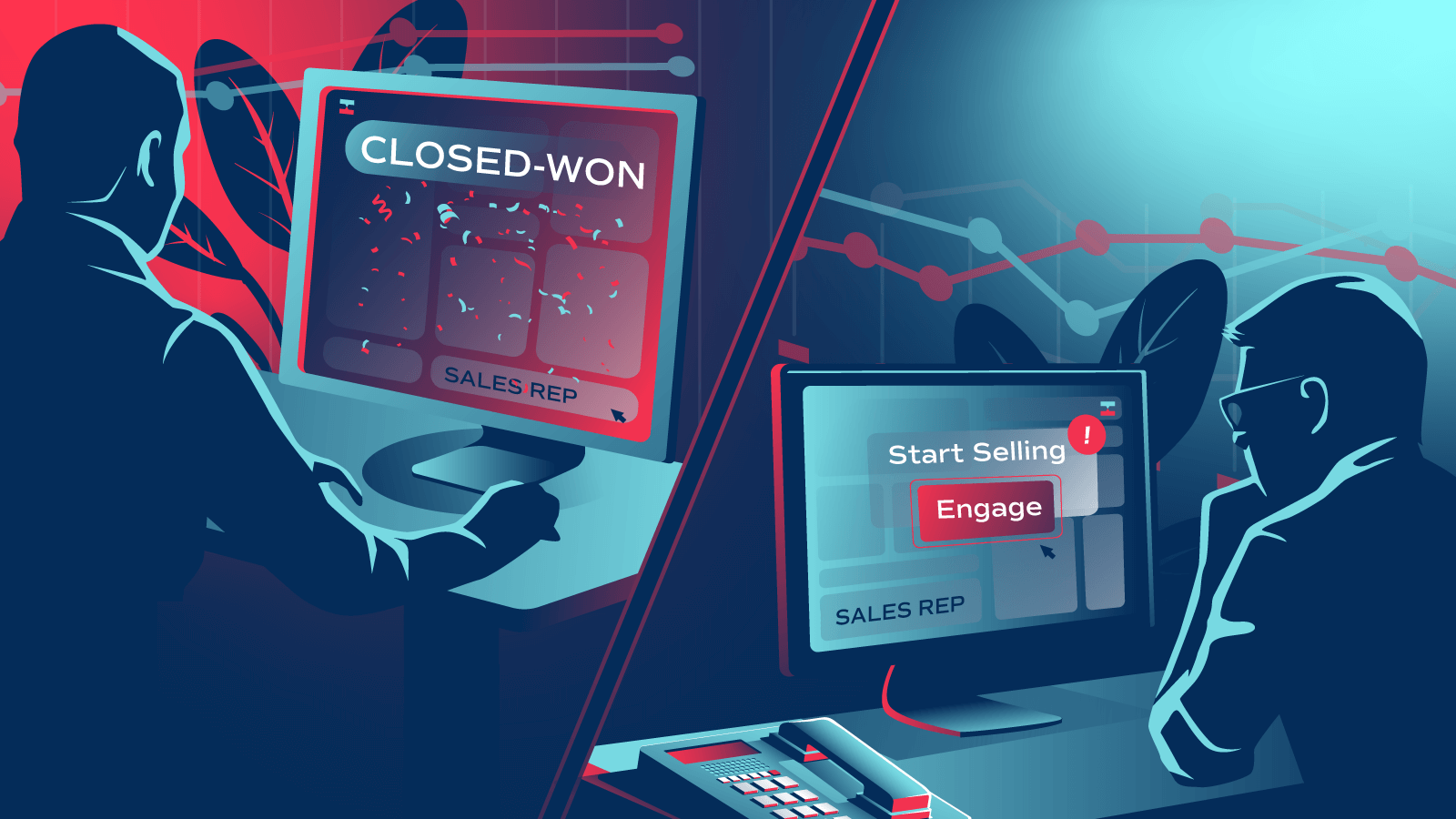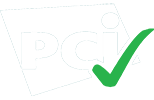Case Study
How Sendoso Doubled Their Partner-Influenced Pipeline In Just 3 Months with Crossbeam
Discover Sendoso’s three-step process for using partner data from Crossbeam to co-sell with partners and drive more partner-influenced deals.
2019
Technology, agency, and referral partner programs
95+
2-5 people
- Getting assistance from partners on deals
- Getting warm intros into target accounts
- Driving rep-to-rep co-selling
You’ve had your sights set on a marquee enterprise account for over a year now, and you’ve had zero luck getting your foot in the door. You can either repeat the same cold tactics and hope they will work, or you do what the sending platform Sendoso did: Tap into real-time partner data to unveil exactly which partners can help you win that new logo.
Using Crossbeam’s partner ecosystem platform, Sendoso’s partnerships team not only sourced a new deal through a partner at an enterprise target account, but they also identified two other partners to help them navigate a competitive, year-long sales cycle — and ultimately close a six-figure deal. 
Sendoso’s partnerships team went from relying on guesswork to leveraging real-time partner data to co-sell with partners through every stage of the sales cycle. “We look at Crossbeam overlaps to see how we can influence current deals in our pipeline and vice versa,” says Carina Shahin, Partner Account Manager at Sendoso.
As a result, using Crossbeam, Sendoso doubled the number of deals with partner influence between Q4 2020 to Q2 2021. And more influenced deals means more revenue.
“We know when a partner is involved and they influence a deal, the average contract value is 53% higher than deals with no partner influence,” says Shahin. “We wouldn’t have grown our partner ecosystem the way we did without Crossbeam.”
Here’s how Sendoso uses partner data from Crossbeam to co-sell with partners and double its partner-influenced deals:
Step 1 – Identify Which Partners Can Help With Existing Deals (And When)
Step 2 – Make Partner Data Available for Your Reps at the Account Level in Salesforce
Step 3 – Connect Your Rep With Your Partner (Or Empower Your Rep to Introduce Themselves)
Step 1 – Identify Which Partners Can Help With Existing Deals (And When)
Sendoso uses Crossbeam to map its prospect, opportunity, and customer populations (think: segments of CRM data) with its tech partners. Sendoso and its partners choose exactly what data and how much they want to share with each other. By creating reports in Crossbeam, Shahin and her partners can view specific information about their overlapping accounts.
Let’s say Sendoso runs a report comparing its opportunities with its partner’s customers.
The report might include data like the:
- Account name
- Opportunity name
- Opportunity stage
- Account owner from Sendoso
- Account owner from the partner
By connecting Salesforce as a Crossbeam data source, Shahin gets more details about overlapping accounts that would otherwise be more time consuming (and error prone) to surface through spreadsheets.
For example, seeing Sendoso’s opportunity stage for overlapping accounts saves precious time, giving Shahin more context about how a partner might help Sendoso. “If it’s in ‘Negotiate and Close’ and they’re at the tail end of their sales cycle, it doesn’t make much sense to bring in a partner,” says Shahin. “It’s nice that I can see those Salesforce fields and look at all of them in Crossbeam, instead of going back and forth.”
Step 2 – Make Partner Data Available for Your Reps at the Account Level in Salesforce
Shahin isn’t the only one viewing partner data. Her sales team is, too.
“They can see, ‘Okay, this opportunity I’m working on is a customer of one of our partners.’ Without Crossbeam, they didn’t have insights into that data unless the customer mentioned it to them,” says Shahin.
Sendoso’s sales reps view second party partner data in a Crossbeam widget that lives directly with Salesforce at the account and lead levels. “That’s been really helpful for them as they’re going through Salesforce and collecting notes on the account. They’re able to see all the overlaps and then can start conversations from there,” she says.
Reps can see if the account is a prospect, lead, opportunity, or customer of a partner. Let’s say a rep’s target enterprise account is a customer of a partner. The rep can view whatever data that partner chooses to share about the account, including:
- Account website, account type (e.g. enterprise subscribers), account tier
- Account owner details (name, email, phone number)
- Contacts for the account
With this information in hand, the sales rep doesn’t have to rely only on cold outreach to break into the account. Instead, they can see if the partner is willing to broker a warm introduction to key decision-makers at the account.
Step 3 – Connect Your Rep With Your Partner (Or Empower Your Rep to Introduce Themselves)
With access to partner data in Crossbeam, Salesforce, and Slack, Shahin can quickly tee up introductions between her reps and her partner’s reps.
Here are a couple examples of how Shahin actions overlap data from Crossbeam:
- If Sendoso’s prospect is a customer of a partner… Shahin will immediately email her counterpart at the partner company to get more information about the relationship and account history. “I’ll let them know it’s a target account of ours and we’re really trying to break in, but we haven’t had any meaningful conversations and see if they can make a warm intro there,” says Shahin.
- If Sendoso has an opportunity at a target account that’s a customer of a partner… Shahin will shoot a Slack DM to the assigned account executive to gauge their interest in involving a partner. “But now the account executives can see those insights inside of Salesforce themselves, so most of the time they’ll just come to me,” says Shahin. “It’s made them very proactive about reaching out to our partners instead of looking through Crossbeam and saying, ‘Hey, do you want to help with this deal?’” Shahin and Sendoso’s reps also use the “/Crossbeam” command in Slack to search partner overlaps on the fly.
If the sales rep doesn’t have a relationship with their counterpart at the partner’s company, Shahin brokers an introduction for everyone via email. From there, both sales reps and partner managers will hop on a call to dig deeper into the deal and strategize co-selling motions.
–
The result? Crossbeam has dramatically modernized Shahin’s workflow. Now, partner-influenced revenue happens easier (and more often) than ever. Shahin has freed up time to develop stronger co-selling relationships with partners and empower her sales team to use partner data to close deals faster.
“I spent multiple hours each day looking at spreadsheets. Now, I can have all of my Crossbeam account mapping done in [about] an hour,” says Shahin.
Turn your ecosystem into your #1 revenue source
Get started in under a minute. Instantly capture insights from your partners. Identify more opportunities. Did we mention it’s free?



